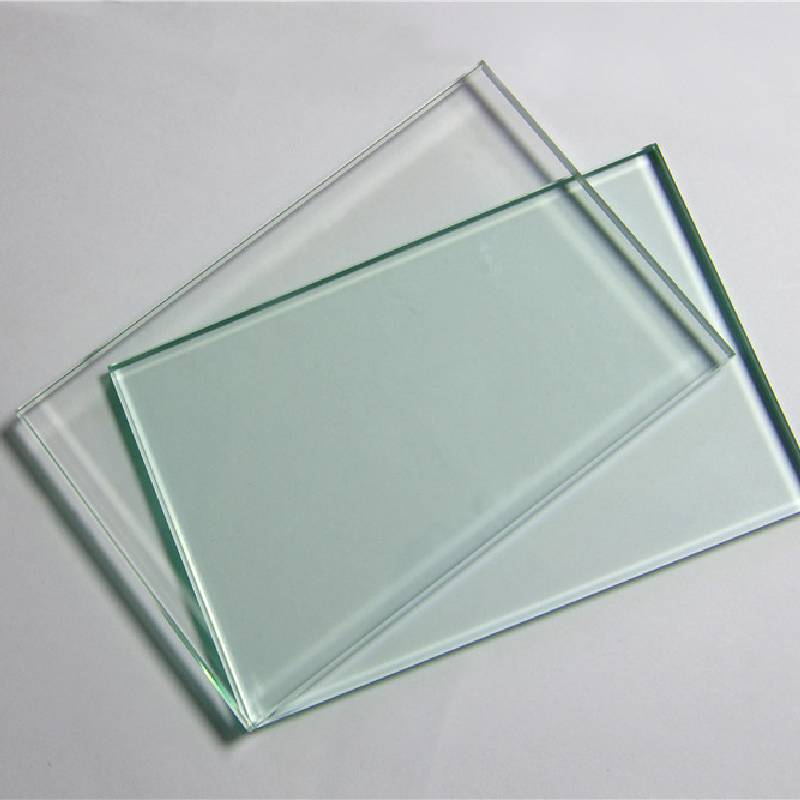

Exploring Low-E Glass Panes A Sustainable Choice for Modern Architecture
In the quest for energy efficiency and sustainability, the architectural world has embraced various innovations. One standout advancement in building materials is Low-E (low emissivity) glass panes. These specially formulated glass products are revolutionizing how we think about windows and their role in energy consumption.
What is Low-E Glass?
Low-E glass is defined by a microscopically thin metallic coating that is applied to one or more surfaces of the glass. This coating is designed to reduce the amount of infrared and ultraviolet light that can pass through the glass without compromising the amount of visible light transmitted. By minimizing heat transfer, Low-E glass helps maintain a comfortable indoor temperature across seasons. These panes can be incorporated into double or triple glazing, further enhancing their insulating properties.
The Science Behind Low-E Technology
The key to Low-E glass lies in its unique coating. Traditional glass allows solar waves to penetrate, contributing to heat gain in summer and heat loss in winter. However, Low-E coatings reflect heat back into the room during winter while simultaneously reflecting sunlight away in summer. This dual functionality minimizes reliance on heating and cooling systems, making homes and commercial buildings more energy-efficient.
Low-E coatings can be categorized into two main types passive and solar control. Passive Low-E coatings optimize solar heat gain, making them ideal for colder climates where heating is a primary concern. Conversely, solar control Low-E coatings reduce heat gain, making them suitable for warmer climates. By selecting the appropriate type, architects can tailor buildings to specific climatic conditions, enhancing comfort and energy performance.
Environmental Impact

The use of Low-E glass contributes to environmental sustainability. By reducing energy consumption in heating and cooling, these glass panes lead to lower greenhouse gas emissions from power plants. The energy saved also translates into lower utility bills for homeowners and businesses, promoting both economic and ecological benefits.
Additionally, many Low-E glass manufacturers are adopting environmentally friendly production methods. By reducing waste and increasing recycling capabilities, the glass industry is moving towards a more sustainable operational model. This commitment to minimizing environmental impact makes Low-E glass not only a practical choice but also a responsible one.
Aesthetic Appeal
Beyond their energy efficiency, Low-E glass panes offer aesthetic advantages. They are available in various styles and can be manufactured to fit virtually any design requirement. Architects and designers can utilize Low-E glass to create expansive windows and glass walls that bring natural light into spaces without the worry of heat gain or UV damage to furnishings. This combination of functionality and beauty makes Low-E glass an attractive option for both residential and commercial properties.
Conclusion
As the demand for energy-efficient building materials continues to grow, Low-E glass panes stand at the forefront of sustainable building solutions. They provide an effective means of enhancing energy efficiency, thereby playing a crucial role in reducing overall energy consumption and environmental impact. With advancements in technology and increasing awareness of climate change, Low-E glass is more than just a glazing option; it represents a shift towards more sustainable architectural practices.
Incorporating Low-E glass into new buildings or remodeling projects is a progressive step toward achieving a greener future. As property owners, architects, and builders prioritize sustainability, Low-E glass panes will undoubtedly remain a key component in the design and construction of energy-efficient structures. Embracing this innovative technology not only aligns with the values of environmental responsibility but also enhances the comfort and aesthetic appeal of our living and working spaces. As we look toward the future, Low-E glass is set to play a significant role in shaping a more sustainable world.